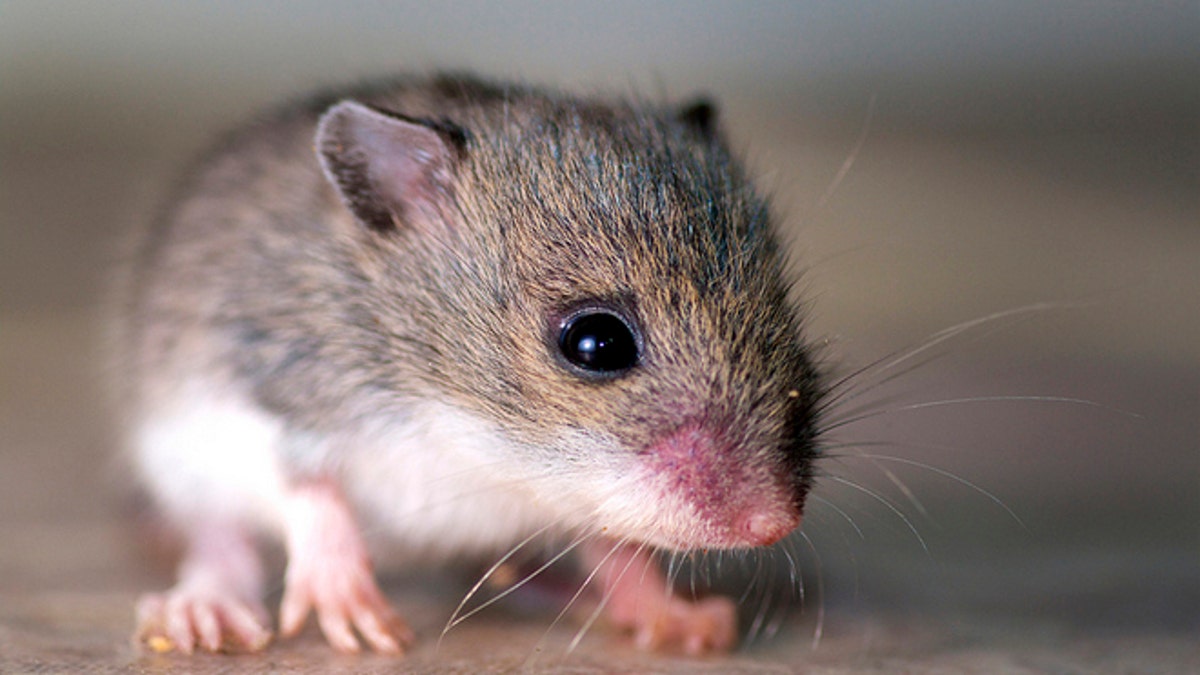
False memories can be implanted in mice and presumably humans. (Nick Harris1 / flickr)
Boston, Massachusetts - In a laboratory at Boston Children's Hospital a cure for genetic deafness is taking shape. Lead researcher Jeff Holt says that if all goes as planned, children of the future who lose their ability to hear due to genetic mutation will never go deaf.
Holt and his fellow researchers are attacking the problem at its source. They are using engineered viruses to repair damaged genes that make up parts of the inner ear.
"Our strategy was to take a viral vector, remove the viral genes so that it doesn't make anyone sick and to replace those with the correct DNA sequence for TMC1," said Holt, an associate professor of Otolaryngology.
TMC1 is a gene critical to hearing. It is responsible for encoding proteins that convert sound into electrical signals the brain can process.
To test their treatment protocol, Holt and his team used two types of deaf mice that model the dominant and recessive genetic mutations of TMC1 in humans. The team used an engineered virus called adeno-associated virus, or AAV1, to deliver the functioning TMC1 gene to the inner ears of the deaf mice models.
"We found that we can restore function in both cases for recessive and dominant forms of TMC1 mutations," he said.
While genetic testing and brain activity showed the treatment worked, the researchers still needed to find out if the deaf mice could actually hear. For that they placed the treated mice in a chamber with sensors and speakers that produced loud, abrupt, sounds.
"We can't really ask a mouse if they are able to hear but we can play a loud sudden sound and a normal mouse will jump in response to that, a deaf mouse does not move at all but after our gene therapy treatment the deaf mice began to jump," Holt said.
Holt says there at least 70 different mutations that cause one in one thousand people too go deaf in adolescence. He says this gene therapy platform could potentially lead to treatment for all of them, ensuring that in the future, no child ever loses their ability to hear due to genetic mutation.
